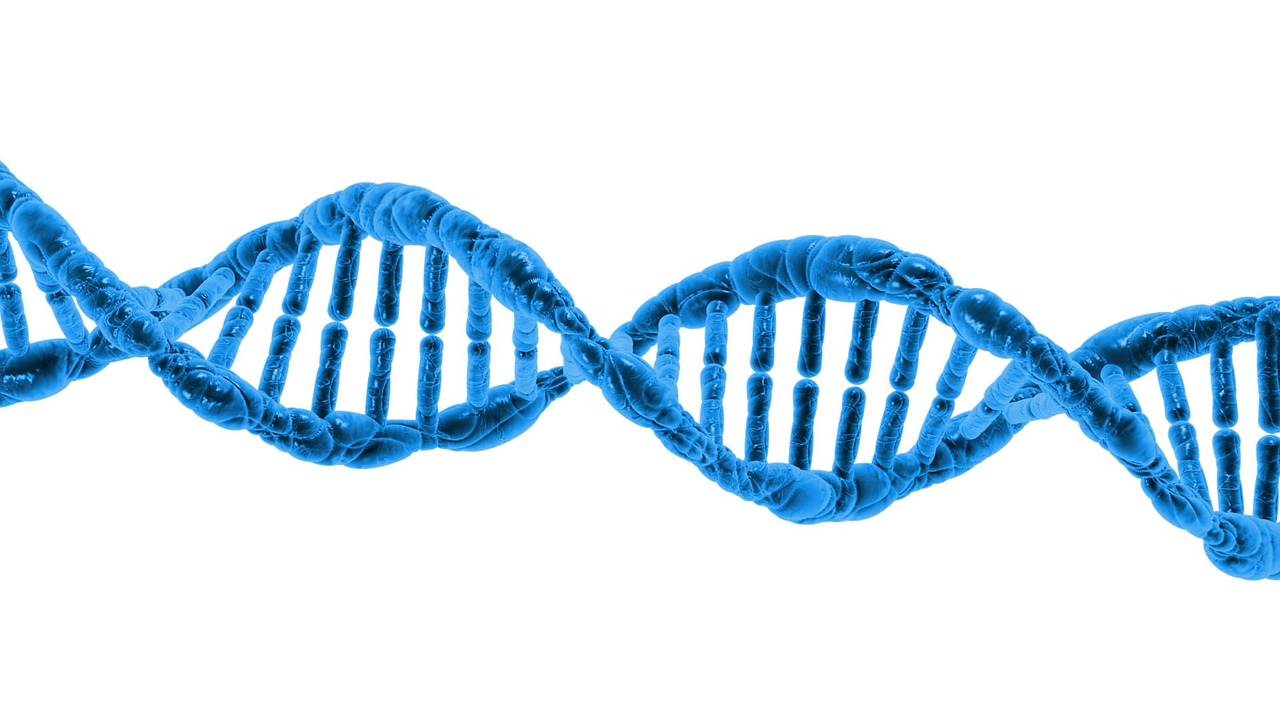Life on earth requires certain elements. Humans need oxygen, for example, among many other things. But as we increasingly explore other parts of our universe, researchers are trying to determine whether the signs of life we take for granted here on our planet might be different elsewhere.
Two University of Texas at Austin scientists, including molecular biosciences professor Andrew Ellington, are looking into this; their effort is part of a larger endeavor with researchers around the world. Ellington says he and others are developing methods to define what it is to be a living thing.
“The philosophical question of ‘What is life?’ has been asked ever since the days of the Greek philosophers,” Ellington says. “At some level, we’re avoiding that question; we’re going around it. …We never have to answer the question of ‘What is life?’ as long as we can describe it.”
Ellington says he and two other professors are specifically using DNA as a vehicle for data about living an non-living materials. DNA is only in living things, but Ellington says he can convert the molecules he pulls from inanimate objects into a DNA-like sequence. That way, all the material they’re testing, living and non-living, can be measured the same way.
“Via these two methods, we create a huge amount of information,” Ellington says.
He likens it to comparing the DNA “signatures” of rocks (non-living) versus wood (living).
“Those will have different signatures, and as we collect more and more information … we can begin to categorize those signatures,” Ellington says.
Ellington says this process will help scientists more easily define materials they may have never seen before, or materials that appear to be living but might not be, like naugahyde, the synthetic leather upholstery material. It looks real, but “it was never really living,” Ellington says.
“What we’re hoping to do in the long term is be able to have our large database of living and non-living signatures, and then to query it with things like naugahyde, or with materials from another planet,” he says.
That way, the database will ideally be able to determine what is living and non-living, and do so without bias.
“When you feed the computer a new material, it will use the patterns and signatures that it’s come up with,” Ellington says.
He says machines have gotten much better at pattern-matching in recent years.
Ellington says, in the end, DNA may not be the thing that defines life, but it’s still a helpful measurement tool for researchers.
“We’re not using DNA as the signature in and of itself … we can transform a surface into a DNA pattern,” Ellington says. “DNA, just as a material to carry huge amounts of information, is very valuable when characterizing materials.”
Written by Caroline Covington.
















